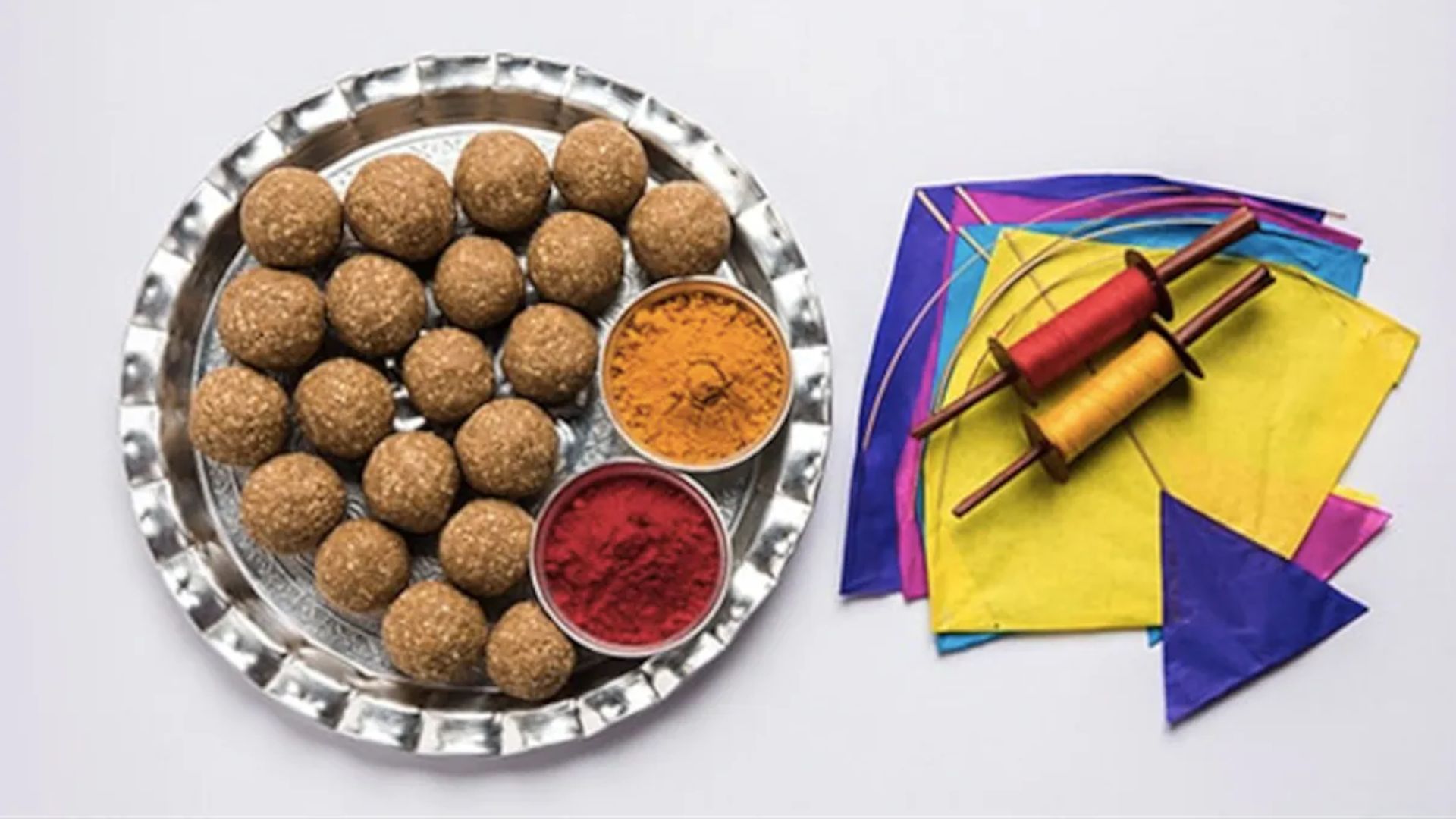


The harvest festival of Makar Sankranti, dedicated to the sun god, is observed nationwide to commemorate the arrival of spring and a significant juncture in the astronomical and agricultural cycles. Part of the festivities include kite flying, making traditional sweets, and taking holy dips in rivers. On this day, kite flying competitions take place all over India. But there’s a reason why the kite flying celebration lasts long after the actual day has ended.
Tradition has it that the winter months are connected to sickness and ailments. As a result, on Makar Sankranti, as spring arrives, a lot of people would take a sun bath to get rid of bacteria and germs. To add some excitement to this pastime, kite flying has gradually become a tradition while sunbathing.
On the other hand, some people think that kite flying on Makar Sankranti may have deeper meanings. Another myth holds that kites taking to the sky act as a wake-up call for the gods, who had been hibernating all winter. Another belief associated with this is that the kites serve as thanksgiving symbols to the gods as they breach into the heavens above.
The custom of kite flying has grown increasingly serious over time. Flying kites and competing with others is considered one of the biggest festivals in places like Gujarat. Each year, the International Kite Festival (Uttarayan) draws thousands of participants from all over the nation and the world. Months in advance, preparations are made for this event.